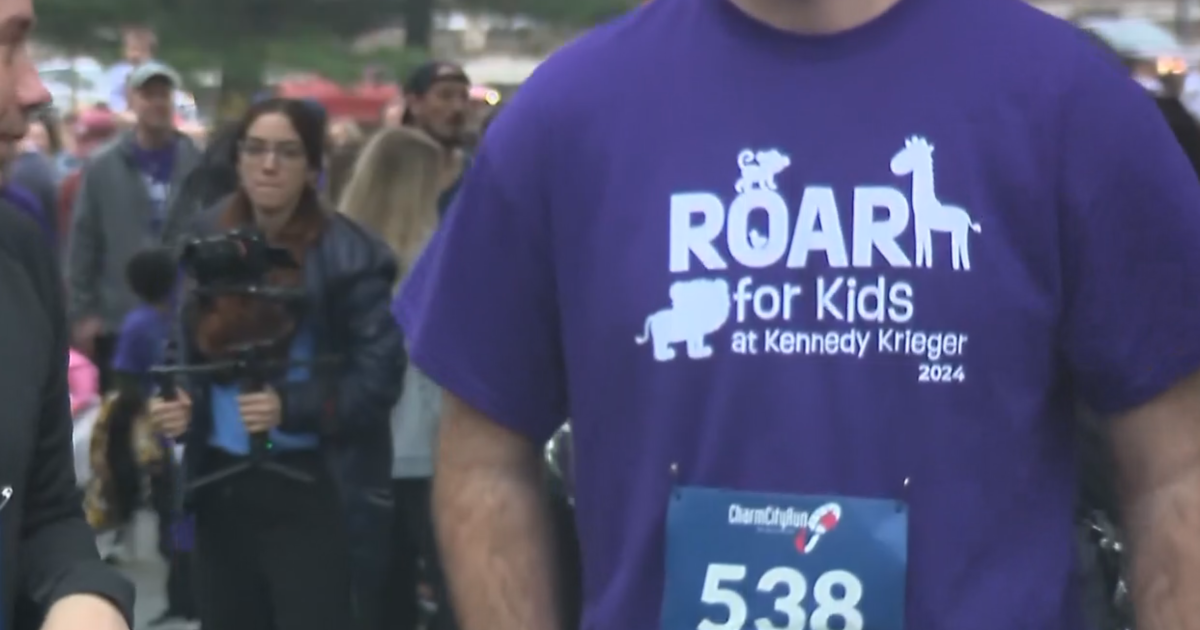Nonprofit Builds Different Kind Of Insurance Firm
ALISSA GULIN
The Daily Record
BALTIMORE (AP) -- Maryland hadn't had a health insurance co-op for 20 years. Then Dr. Peter Beilenson came along.
Although Beilenson -- who has held a number of prominent health positions -- describes himself as a staunch advocate for a single-payer health care system, he said he felt compelled to start an insurance company that broke the mold.
So, using federal funds allocated by the Affordable Care Act, he founded Evergreen Health Cooperative, which debuted this past October for open enrollment on Maryland's glitch-ridden health exchange.
The Evergreen model is based partly on the Healthy Howard Health Plan, which launched in 2008 as an experiment to provide primary care to Howard County's uninsured population. Beilenson, as the county's health officer, was instrumental in crafting that program.
Beilenson recently sat down for a wide-ranging interview about health care in Maryland and the nation, changes within the insurance industry and how the flawed exchange nearly derailed his vision for Evergreen.
Q: Open enrollment just wrapped up -- about 295,000 people enrolled in private insurance or Medicaid on Maryland Health Connection. To you, is that success?
A: I think it's a half success. The expanded Medicaid coverage for these particularly vulnerable folks is a true, significant improvement. So I'd give the Medicaid expansion an A-. In terms of the private coverage and providing subsidies, I'd give it a C. The exchange was clearly inadequate. But the numbers came up toward the end. Whether they all paid their premiums is another question.
Q: What kind of impact does that have on businesses, consumers and the economy in general?
A: Assuming that a significant percentage of those who obtained new coverage were previously un- or underinsured, that will translate into much less uncompensated care at hospitals, which is immediately passed on to all Maryland consumers who have insurance. Businesses will have less absenteeism, and productivity will increase, especially in small businesses because those employees are more likely to not have had insurance.
Q: Can you briefly explain uncompensated care?
A: It is care provided to those who are uninsured. Uncompensated care costs are spread out in the rates that Maryland hospitals charge all payers: CareFirst, Evergreen, Medicare. Those rates are bumped up depending on how much uncompensated care is provided at that hospital, so the costs are passed on to everybody who has insurance.
Q: How will Maryland's health care environment change as a result of Obamacare and this larger insured population?
A: The ACA is a very important step to increase access to affordable health coverage, but it doesn't change the health care system very much, per se, except for some pilot initiatives like what we're doing with Evergreen Health, where we're not just the insurance company; we have a health care system attached to us. Things like the Patient Centered Medical Home model, salaried physicians, evidence-based practices, telemedicine. That's real health system reform.
I think two to three years from now, we'll have pretty much forgotten the rocky rollout of the exchange, and over the next 10 to 15 years, we'll be doing more to reform the way health care is delivered.
Q: How has the insurance industry changed as a result of the exchanges?
A: It's been reformed to some extent -- no exclusions for pre-existing conditions, eliminating lifetime caps -- but it has not materially changed in a lot of aspects. There are so many middlemen in the insurance industry. Every single insurance company has a claims processor, a pharmacy benefit manager, third-party authorization, a quality-control company. That's why the administrative overhead of American health care is higher than any other country but with no better outcomes.
I've always been an advocate for a single-payer system, now more than ever. It's ironic that I'm CEO of an insurance company -- it would obviously put me out of business -- but it's very clear there are immense savings and economies of scale in doing things like payment reform and telemedicine.
Q: Why did you feel there was room in the market for a health insurance co-op, and what do you hope to accomplish?
A: I think the ACA did a lot to improve access to care, but not anywhere near enough on cost-containment. With Evergreen, we hoped to align insurance with health care instead of fighting over what they're going to pay for and putting up barriers like long waiting periods to call and appeal a claim being denied. It's a way to actually try and do health care reform the way we thought it should be done.
Q: Describe the plans that Evergreen offers and how they're different than what's currently available.
A: We're a nonprofit insurance company. As a co-operative, it's governed by a member majority. We have two major product lines. One side is the point-of-service insurance plan, which is like a PPO, with a network of providers. They take many kinds of insurance, so we don't have a lot of leverage over their behavior.
The other product line is our four care centers: in the Rotunda in Baltimore city, White Marsh, Columbia and Greenbelt. They're Patient Centered Medical Homes, where you get all your primary care, mental health services, wellness coaching . and the doctors are salaried, so there's not this perverse incentive to do more testing if it's not really necessary. They have smaller patient loads, there's a social worker to deal with any behavioral health issues on the same day as your appointment, a health coach to set you up on wellness plans and a care coordinator to follow you at home.
And telemedicine ties it all together. . A diabetic could have a blood sugar monitor at home that will trigger a note to tell the care coordinator that his sugars are too high and to monitor it. . You want to keep them from tipping into an emergency situation, because hospitalization will cost much more.
We contract with specialists around the region who can videoconference with the primary care doc and the patient at the care center. For example, a cardiologist could listen to heart sounds 10 miles away via Bluetooth.
Q: How did the problems with the exchange affect Evergreen's ability to enter the market as expected?
A: Initially, it was not good. Two-thirds of our policies, by law, had to be sold on the individual exchange, so our entire business model was based on that. And obviously, it was very hard to get people on the exchange, so we did not do anywhere near as well as we had hoped in the individual market. That led us quickly to switch to the small-group market.
By the end of the year, we think we'll have as good enrollment as we hoped to have, but it'll be much more on the small-business side. Our goal for the year was 6,000 to 10,000 (enrollments), and I think we'll hit it.
Our small-group rates are better than what CareFirst offered pre-ACA, and it's almost inconceivable that CareFirst's prices will go down, so we'll be very competitive there. And we're applying (with the Maryland Insurance Administration) to sell in the large-group market, so we're quite bullish on the end-of-year numbers and on 2015.
Q: How are you able to offer cheaper small-group plans than CareFirst?
A: With the care centers, payments are bundled. Behavioral health is on-site. Providers take calls 24/7, so we reduce emergency room visits. . So, by investing in primary care and wellness, controlling referrals, paying salaries instead of fee-for-service and using telemedicine, it's a more tightly controlled system. That's what costs less.
Q: How does the lower-than-expected enrollment affect Evergreen's financial stability?
A: We're totally fine -- federal loans are supporting us all the way through.
Q: When do you think the company will start generating enough revenue on its own to sustain operations?
A: Probably next year. Sometime during the year we should start breaking even.
Q: What are the demographics of your enrollees so far?
A: Two-thirds Caucasian, 25 percent African-American. Median age is about 45, slightly more women than men, heavily concentrated in the I-95 corridor, which makes sense because that's where our centers are. About 75 percent of people are choosing the care center side as opposed to the (point-of-service) side.
Almost half of our members are small group. Nearly all the individuals who came from the exchange are getting subsidies. About 35 percent are 39 or under, which is a good thing. Those who came on the exchange are older. A lemonade-out-of-lemons thing about switching to the small-group market is that it helps us get younger people into the pool. We can also sell more (policies) in one fell swoop, rather than having to recruit individuals.
Q: How will you know whether Evergreen is successful?
A: It's not really enrollment. We'll be measuring health outcomes, costs and the patient and provider experience. In terms of economic feasibility, breaking even. We're a nonprofit; extra revenue is put back into the products based on what members vote to do.
We don't care about making a profit. We care about having healthier folks.
(Copyright 2013 by The Associated Press. All Rights Reserved.)



